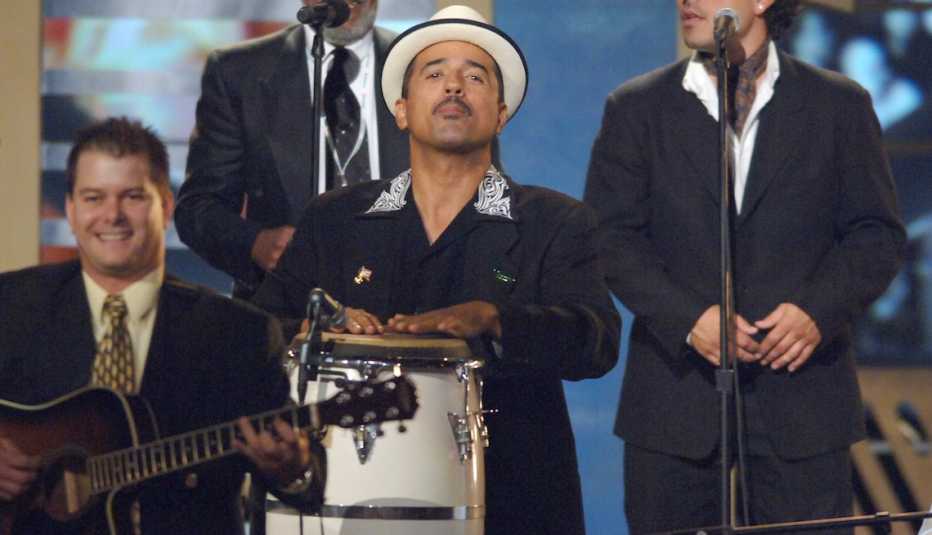Staying Fit


Latin music has been from the beginning part of the experience in this country. And it is by and large an oral tradition. By spending a lifetime in it, as I have, and learning initially from my grandparents, I'm part of that continuum. And it became a lifelong passion for me.
My early years inspired me a great deal, as both my Puerto Rican and Cape Verdean background play a big part in my music. From the time I was four until I was about 10 or so, I used to go just about every weekend to spend the weekend with my grandfather, a musician from Cape Verde. And almost every time, his Cape Verdean partners would come over to the house and jam.


AARP Membership— $12 for your first year when you sign up for Automatic Renewal
Get instant access to members-only products and hundreds of discounts, a free second membership, and a subscription to AARP the Magazine.
My grandfather's friends played guitar, violin, cavaquinho... it's like a little ukulele. And then he played accordion, and it was just fantastic. Even though I didn't play, I got to sit there, just one little boy with all these elders and it just made my world, just listening to that music. I wish there were recordings. We have no recordings of those sessions that we did.
On the Puerto Rican side, it's even deeper. We would spend a lot of time in my Puerto Rican grandmother's house in the Mission District in San Francisco. And she was married to a musician, Julio Rivera, from Santurce. That's the first band I played with, grandpa Julio's band. And it was all Puerto Rican musicians and they played a pretty wide repertoire of Puerto Rican and Cuban music.
Here I am, an 11 year old kid ... 11, 12, and 13 ... playing with my grandfather's band. And they're all my grandfather's age, for the most part, and so they loved it. If I would ask questions, they loved that. They would sit me down and answer whatever questions I had. And if they could not answer my question, they would direct me to where to look for answers.
The more I got into it, the more exciting it was to learn the history. It's a huge field that has to do with poetry, and literature, and people documenting their lives through the music. And the history of the rhythms was fascinating, how the drums survived through slavery and colonial times.

































































More on Entertainment
Linda Ronstadt: Spanish is the Language You Sing in
The multiplatinum recording artist on her pivot to Spanish language records
Oscar Hernandez on the Importance of Inclusivity
The Grammy-winning composer discusses the historic lack of Latino representation on Broadway